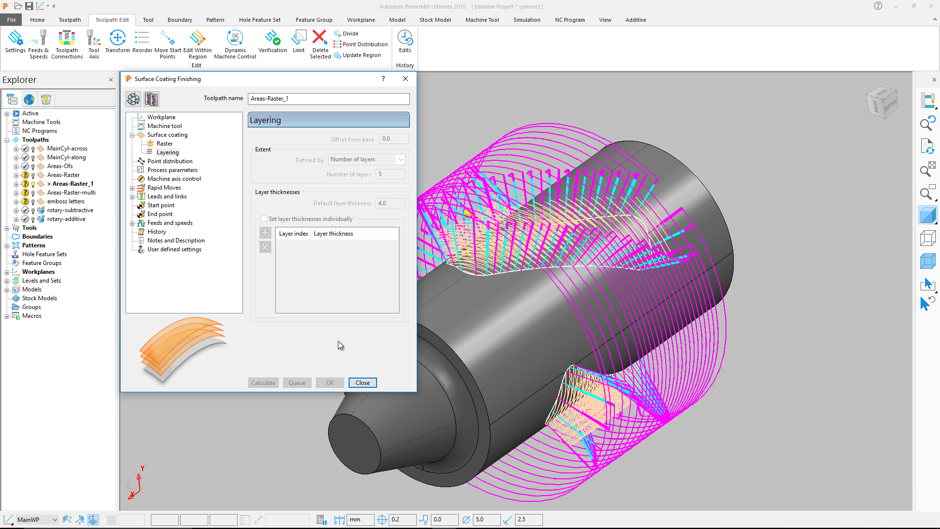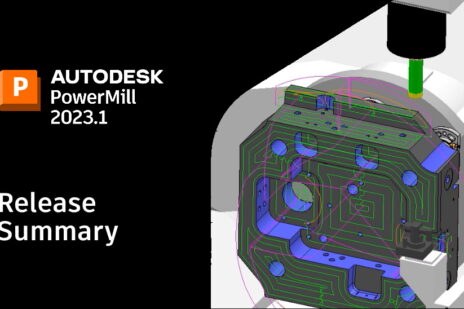
The use of software in engineering is growing day by day. Automation and computer technology are on the rise, with new innovations being released for commercial use in quick succession. This technical software has a profound impact on how engineers solve real-world problems as each new version is aimed at making complex engineering more elegant, accurate, and streamlined. In this article, we focus on how the Autodesk manufacturing suite affects engineers working in the industry.
What is the Autodesk manufacturing suite?
Autodesk has been around for quite some time, being founded back in 1982. The multinational software giant has expanded its expertise in software development of various kinds: engineering software for CAD (Computer Aided Design), CAM (Computer Aided Manufacturing), simulation, and manufacturing; programs for the media industry, as well as other fields of endeavor like entertainment and architecture.
Through years of experience, Autodesk has established itself as one of the world leaders in engineering software production. The Autodesk manufacturing suite is a complete package of engineering software that aids engineers in manufacturing processes right from the planning phase to quality assurance.
The Industry 4.0 revolution
Industry 4.0 is the talk of engineers everywhere. The possibility of a deeply interconnected company comprised of several factories around the globe, with real-time information sharing, is something professionals might not have even dreamt about a couple of decades ago.
In the realm of manufacturing, Industry 4.0 is about the integration of design processes with manufacturing processes via data collection across the whole product lifecycle, cloud computing, and the Internet of Things.
How is Autodesk at the forefront of the Industry 4.0 revolution?
Innovators at Autodesk have long since talked about what they call The Future of Making Things, and the Autodesk manufacturing suite is a testament to their commitment to this goal, with dedicated software like Fusion Production.
Fusion is an exemplary product, enabling complete collaboration between design engineers and manufacturers. An interesting example of the application of such software can be taken from this blog, where a digital refractometer and computer program were used to optimize the seemingly menial process of managing cutting fluid flow in cutting machines.
How has Autodesk improved inspection engineering?
Inspection engineers use various tools at numerous stages of the manufacturing process to check whether the product meets required standards or not. These may be the dimensions of the part being inspected, its mechanical strength, thermal properties, etc.
The Autodesk manufacturing suite comes with effective inspection tools that allow engineers to properly assess the quality of their products. Autodesk PowerInspect is a leading tool which offers a range of innovative options which contribute to the improvement of manufacturing processes.
PowerInspect is designed to support multiple inspection devices used in the industry. It can be programmed to inspect complex shapes not manageable by normal software, and can be linked directly to manufacturing software leading to error removal and time saving.
A practical example of how inspection software is used in industry is here, where NASA used robotic inspection tools to develop safer and more cost-efficient manufacturing processes for the fuselage section of their aircraft.
How is Autodesk promoting the trend of additive manufacturing?
Additive manufacturing (AM), more commonly known as 3D printing, is a trend that is gaining popularity among engineers owing to its practical applications and potential. Autodesk has been quick to respond to this customer behavior and introduced its own additive manufacturing tool, Netfabb.
This ingenious product offers engineers the ability to design 3D-printable parts on their computer screens, define tool paths in multi-head printing machines, and even simulate the whole printing environment to avoid failure.
The industry has been moving towards the use of AM, such as Audi experimenting with 3D-printed parts and tools, such as this replica of a 1936 Grand Prix car.
What else does Autodesk offer?
Described above are just a few tools that are offered by Autodesk to manufacturers willing to excel in their chosen field. Autodesk boasts numerous further examples; TruNest that facilitates working with composites and a variety of fabrication processes with minimal material wastage; Moldflow which simulates mold-making processes for better mold designs; Factory Design Utilities for efficient factory layout planning enabling maximum productivity, and many more useful products that are changing the face of industry.
Concluding remarks
This article presents just a few cases of how the Autodesk manufacturing suite of tools is playing a role in defining new industry standards. With such a wide collection of engineering software, any industry can conduct and refine its manufacturing processes with remarkable accuracy, and carve its way to a bright future.



Add comment
Connect with: Log in
There are no comments